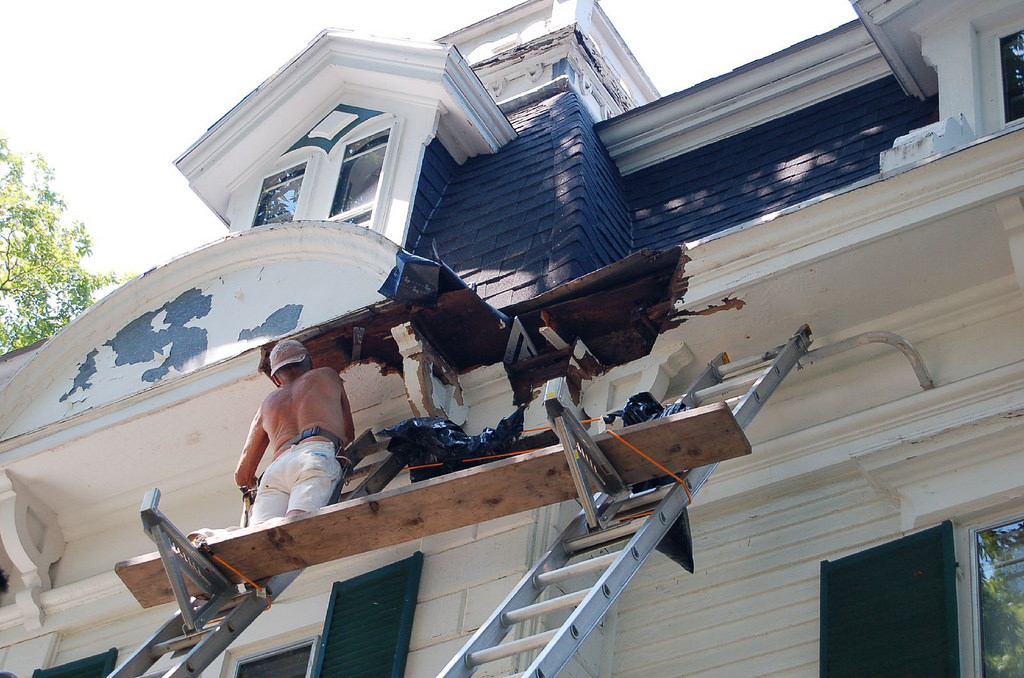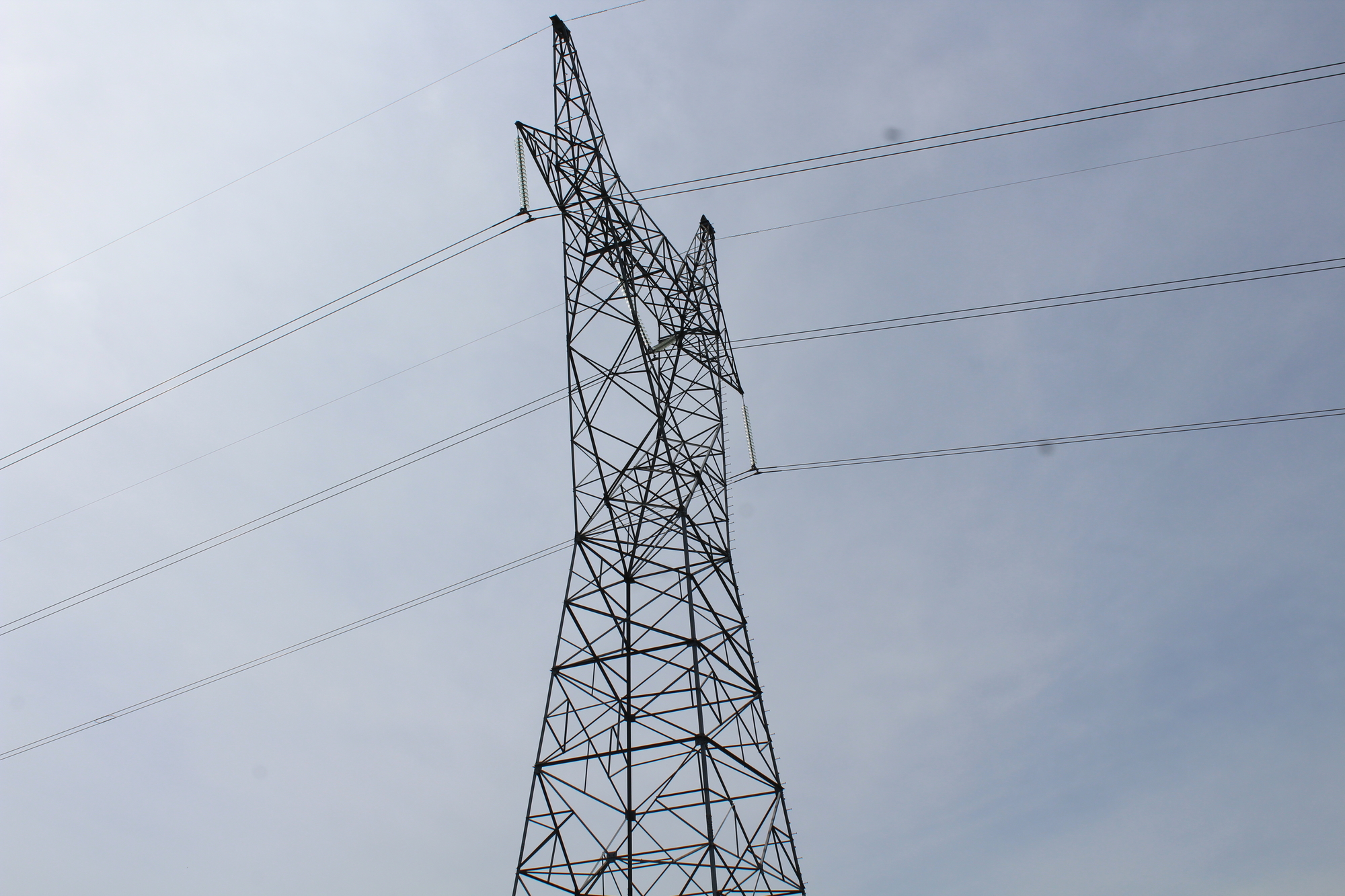Table of Content
If you do not have an appraisal, you are placing yourself at risk of having the sale price be higher than the appraised value, which could be a problem if you want to get a mortgage. Furthermore, if you’re closing on a house in a hurry, you might not have enough money to cover the difference between the appraised value and the sale price. With a lower loan-to-value ratio, you may qualify for a loan you weren’t eligible for when you purchased your home.
The best way to raise your LTV ratio is to put down a bigger deposit on your home. This may mean waiting to buy a home until you can save a bit more money. For example, if your house is valued at £250,000 and you have a deposit of £50,000, you would need a mortgage of £200,000.
How to change your LTV?
Having a high LTV ratio can affect a homebuyer in a couple of different ways. For one thing, if your LTV ratio is higher than 80% and you’re trying to get approved for a conventional mortgage, you’ll have to pay private mortgage insurance . Fortunately, you’ll eventually be able to get rid of your PMI as you pay down your mortgage. Your lender must terminate it automatically when your LTV ratio drops to 78% or you reach the halfway point in your amortization schedule. Lenders assess the LTV ratio to determine the level of exposure to risk they take on when underwriting a mortgage.

For example, if you wish to buy a house worth Rs 1 crore and the LTV ratio of your bank is 70%, then the maximum amount of loan that you can avail is Rs 70 lakh. Pay your bills, shop online and make payment to any merchant unified payments interface ID easily and instantly. For example, imagine you have a mortgage out for $150,000 on a home that’s also worth $150,000.
CLTV: Refinancing with a home equity loan
For FHA, VA, and USDA loans, there are streamlined refinancing options available. These waive appraisal requirements so the home's LTV ratio doesn't affect the loan. VA and USDA loans—available to current and former military or those in rural areas—do not require private mortgage insurance even though the LTV ratio can be as high as 100%. A LTV ratio is only one factor in determining eligibility for securing a mortgage, a home equity loan, or a line of credit. However, it can play a substantial role in the interest rate that a borrower is able to secure. Most lenders offer mortgage and home-equity applicants the lowest possible interest rate when their LTV ratio is at or below 80%.
A mortgage backed by the Federal Housing Administration is known as an FHA loan. Veterans Affairs loans are government-insured mortgages backed by the U.S. Verified approval is based on a thorough analysis of your credit, income, employment, debt, insurance, and appraisal by an underwriting.
Loan-To-Value Ratio Explained
The 2008 recession and its aftermath brought LTV and CLTV ratios into the spotlight — and made lenders more stringent when it comes to requirements for home equity loans and HELOCs. That’s because many lenders ended up underwriting loans for homes that were underwater. When borrowers defaulted, secondary lenders were unable to recoup their money, as many foreclosures only recouped the lower value of the original loan.

Most lenders require your CLTV to be 85% or less for a home equity line of credit. If your CLTV is too high, you can either pay down your current loan amount or wait to see if your home’s value increases. Compared to other mortgage loan options, VA loans make it easier to buy or refinance a home.
Tips on Securing a Favorable Mortgage Rate
For example, if a borrower has a loan of $100,000 and the appraised value of the property is $120,000, the mortgage to appraisal ratio would be 83%. This means that for every $100,000 of appraised value, the bank will lend $80,000. The remaining 20% would need to be paid by the borrower as a down payment. Conventional loans, like a 30-year fixed or 15-year fixed, are mortgages that are not backed by a government agency like the FHA or VA .
My objective has always been to offer no-nonsense information to readers that either saves or earns them cash. The opinions expressed are the author’s alone and have not been provided, approved, or otherwise endorsed by ourpartners. The LTV is a major factor in determining the rate of interest you’ll pay on your mortgage. The lower your LTV – and therefore the bigger your deposit – the more competitive the mortgage rate.
A down payment is the money that you pay down towards a home and is applied to your mortgage. The main reason down payments are required is that it shows the lender that you’re a responsible borrower. When a lender responds, it is well worth it; a home loan application can be difficult and time-consuming, but it is well worth it once you receive a response. In general, a home loan application takes between 30 and 90 days to approve, but this can vary depending on the credit score of the applicant and the type of loan being sought. It is critical to remain patient if your lender rejects you, as you may have qualified for a loan with someone else.
Forbearance is a form of repayment relief involving the temporary postponement of loan payments, typically for home mortgages or student loans. If you make a $10,000 down payment, your loan is for $80,000, which results in an LTV ratio of 80% (i.e., 80,000/100,000). If you were to increase the amount of your down payment to $15,000, your mortgage loan is now $75,000. Most lenders offer mortgage and home-equity applicants the lowest possible interest rate when the loan-to-value ratio is at or below 80%. The Wells Fargo underwriting process usually takes between two and four weeks. However, this can vary depending on the type of loan and the borrower’s financial situation.
It could be time to refinance your mortgage to improve your interest rate, take cash out or eliminate PMI. The FHA Streamline Refinance is a special refinance program for homeowners with FHA mortgages. Official guidelines for the FHA Streamline Refinance waive appraisal requirements, which means the home’s LTV doesn’t matter — a good thing if your property value did not increase.
Here’s an example of how a larger down payment can decrease your loan-to-value ratio. Whether you’re buying a new home or refinancing, there are ways you can improve your loan-to-value ratio. Your eligibility for a Home Loan will depend on the LTV ratio, as applied to the property value. Even if your income permits you to avail a higher loan, a bank will be forced to cap the loan amount based on the defined LTV ratios.
When your lender confirms that you have sufficient funds to repay your loan, you must proceed with underwriting. A credit report examines your income, savings, and other assets, as well as your debt and credit history. It’s all about your credit rating and the number of credit inquiries you have. The full approval process is conducted to ensure that nothing has changed. In general, it takes a great deal of thought to determine the value of a home. According to Ellie Mae, the average time to close on a mortgage is 52 days, which includes the time from when your application is received by the lender until the loan is released.
The vast majority of lenders consider 80% a good loan-to-value ratio, but the lower the better. An LTV above 80% may cost you more to borrow the money you need, or you may be denied a loan altogether. A high LTV ratio can prevent a homeowner for qualifying for a refinance loan.

No comments:
Post a Comment